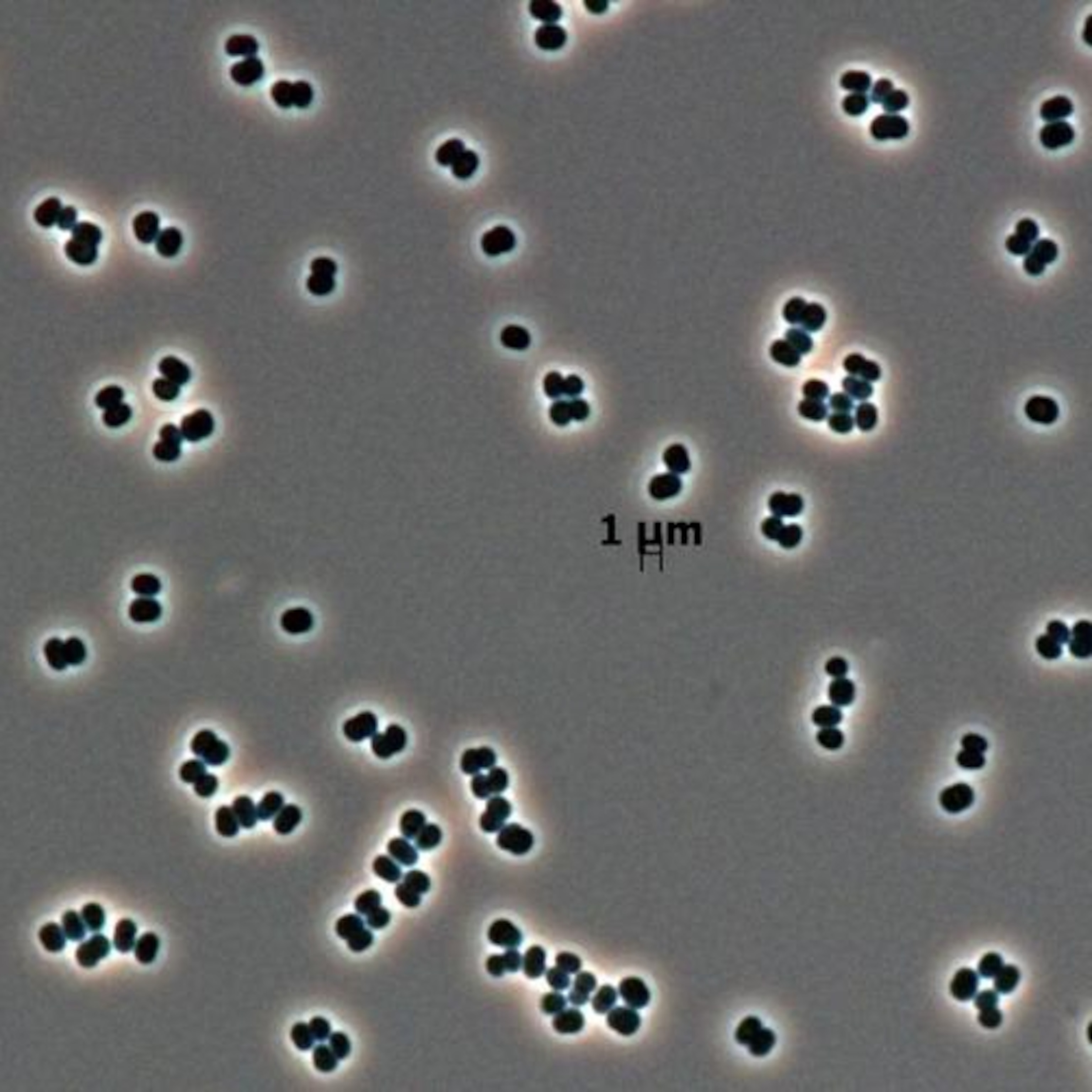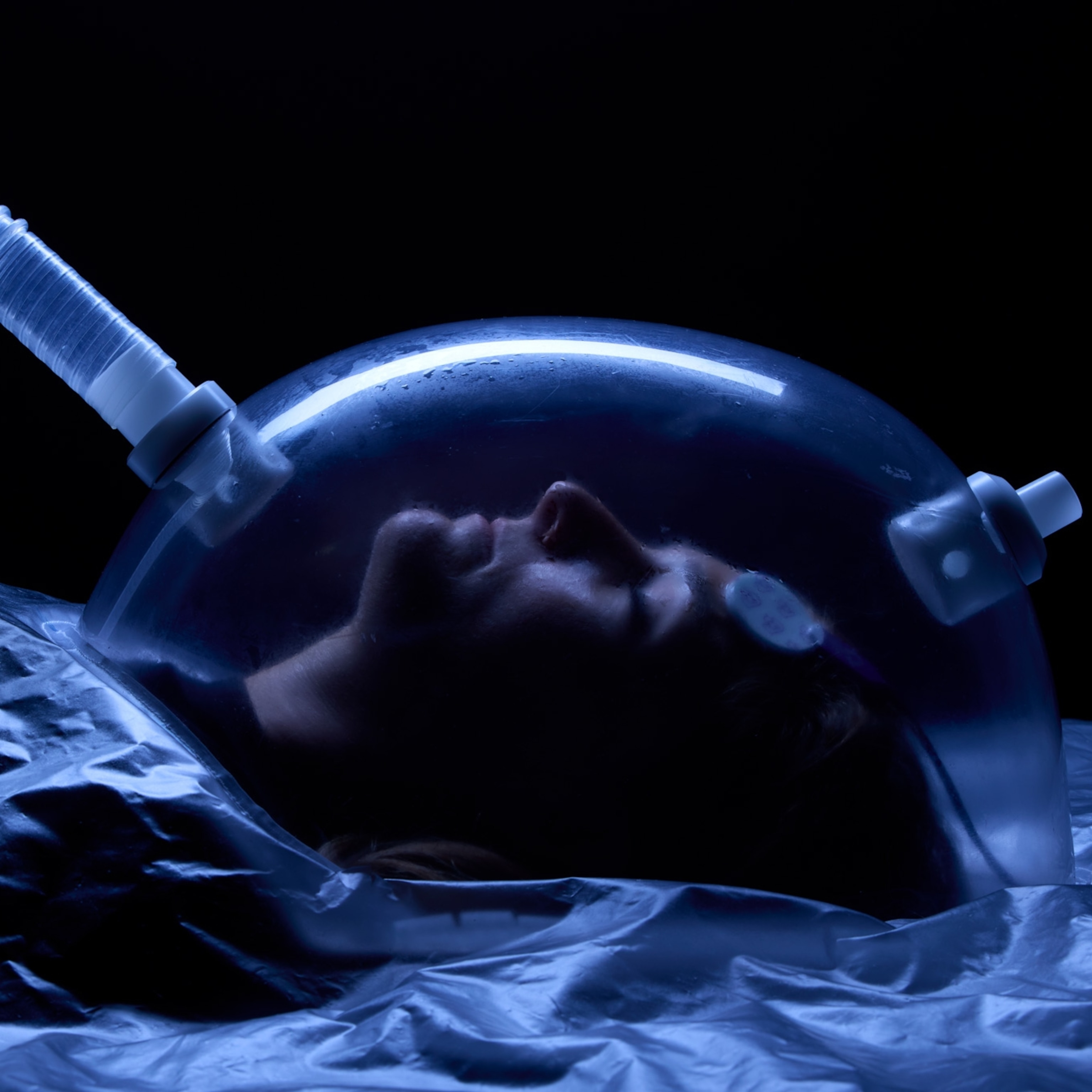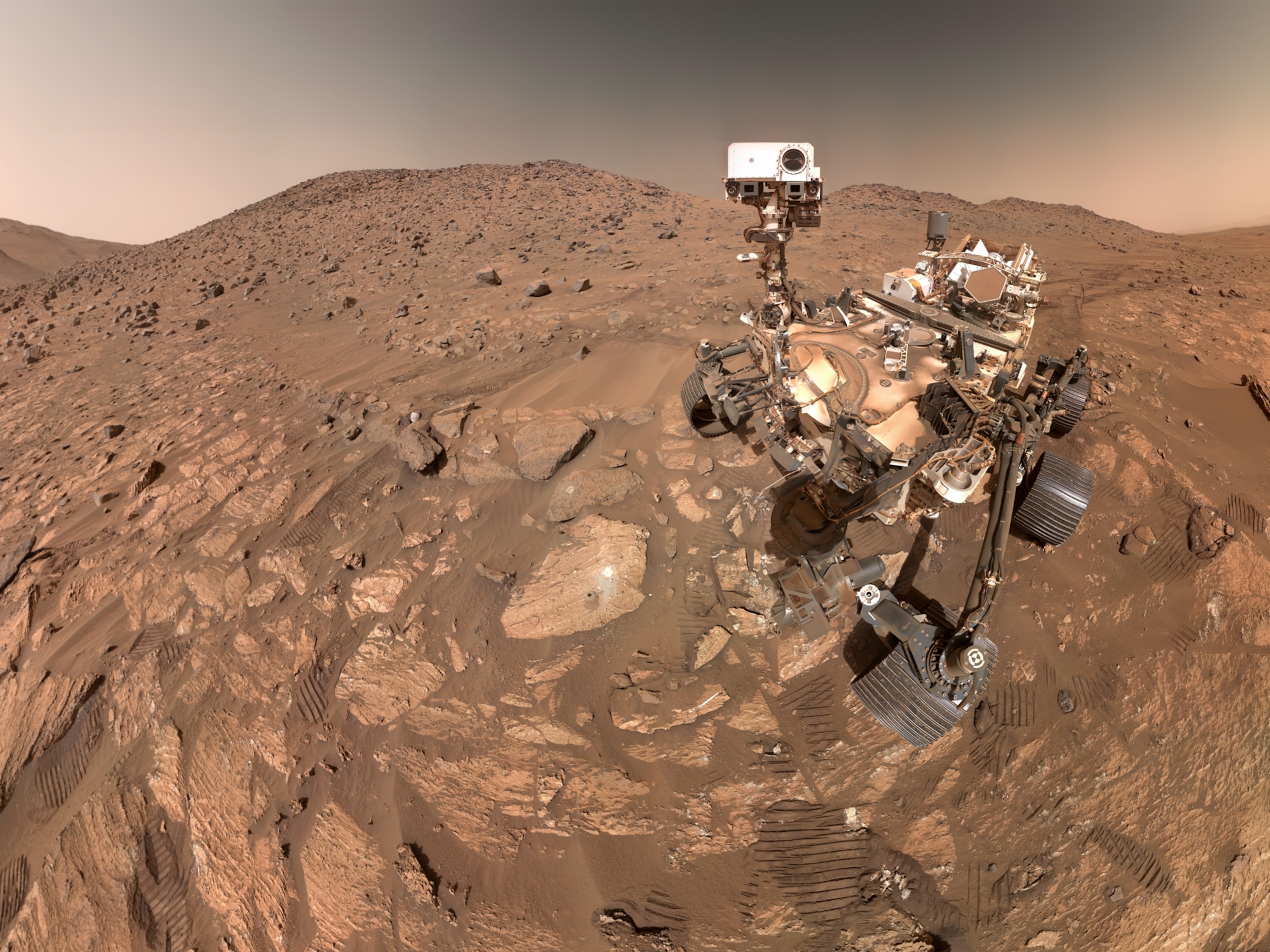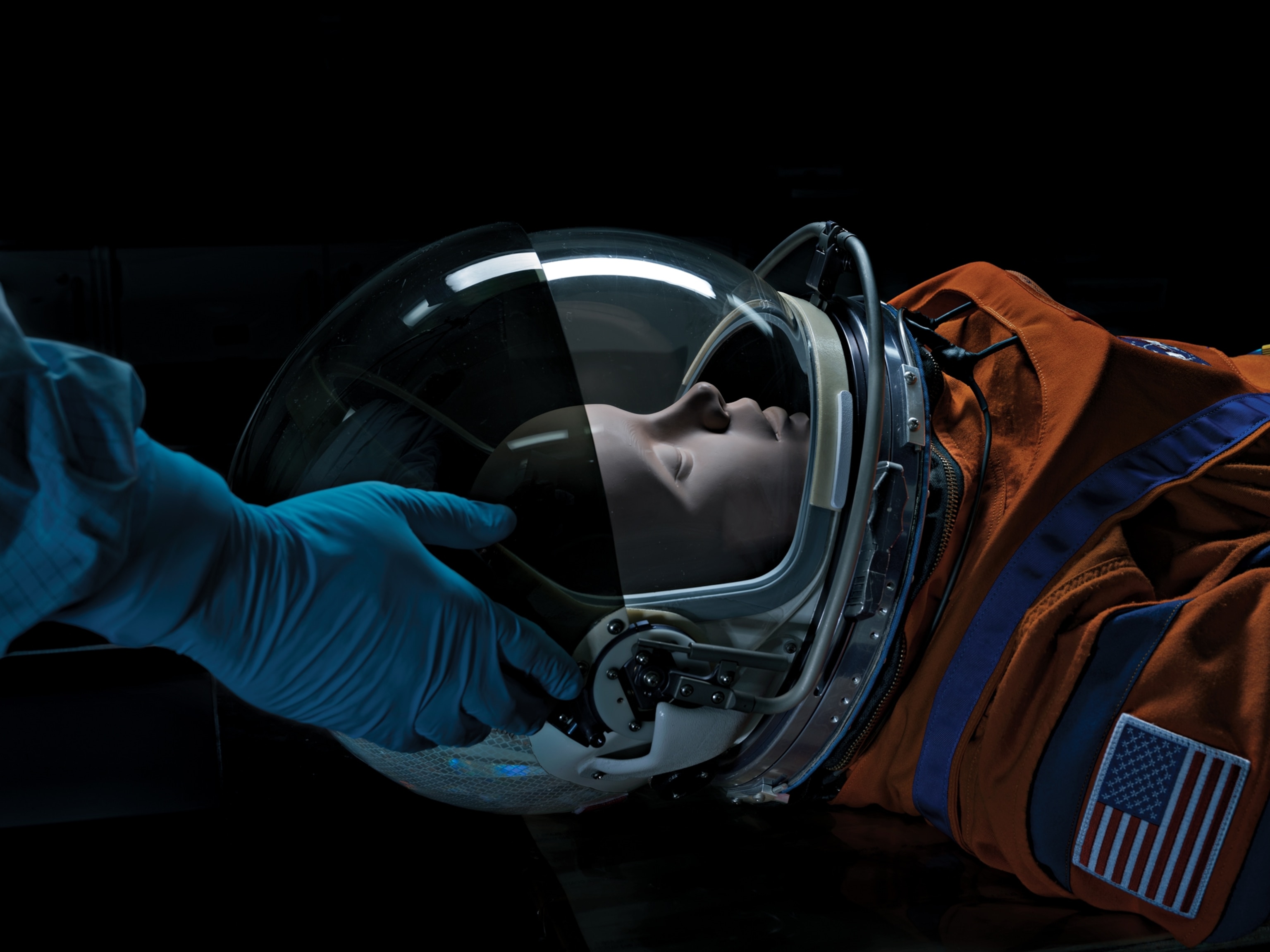
The Perils of Going to Mars Include Radiation
Better spaceship protection will be needed to keep astronauts safe.
The challenge of keeping astronauts safe from hazardous radiation if and when they travel to and from Mars in the decades ahead will be daunting and unpredictable, according to the first ever measurements of the high-energy particles that will saturate the spacecraft along the way.
Readings from the Radiation Assessment Detector (RAD) aboard the spaceship that carried the Curiosity rover to Mars reveal that astronauts would receive significant doses of very-high-energy galactic cosmic rays and solar particles.
While the readings are not unexpected given what is known about deep space, the actual measurements are sobering: An astronaut in a spaceship protected to the same level as the International Space Station (ISS) would receive enough radiation to approach or exceed what is considered to be a safe lifetime exposure.
"I would not call this a surprising result per se, but it does show with real data for the first time that people going to Mars will get a substantial dose of radiation from the transit leg alone," said Cary Zeitlin, a member of the RAD team and lead author of a paper on the measurements released today in the journal Science.
The accumulated dose would be comparable to getting a whole-body CT scan once every five or six days for the entirety of the trip, said Zeitlin, a principal scientist with the Southwest Research Institute.
RAD is also measuring radiation levels on Mars. Principal investigator Donald Hassler, also of SwRI, said a follow-up report on those readings is expected later this year.
Hazardous Doses
While other spacecraft have taken radiation readings in deep space, RAD is the first to take measurements from within a protected spacecraft and in conditions that begin to approximate what an astronaut would experience. The authors said the results make it clear that better protective barriers will have to be designed to keep Mars-bound astronauts safe.
NASA officials said in a teleconference today that there was nothing in the RAD data that made the goal of sending astronauts to Mars by the mid-2030s impossible.
Nonetheless, they said that more effective shielding from solar particles is essential to make a Mars mission sufficiently safe, as is a propulsion system that would get the spaceship to Mars more quickly.
Eddie Semones, spaceflight radiation health officer at NASA's Johnson Space Center, said that the agency could not send astronauts to Mars with existing technology because the radiation exposure would exceed the standards set by the National Council on Radiation Protection and Measurement.
Semones said that the NASA standard, which is now under review by the Institute of Medicine, allows for no more than a 3 percent increase in the risk of cancer.
"If we are going to do long space explorations, the ethics involved with risks and the mitigations to protect the crew will have to evolve before making any decision to go forward," Semones said.
The RAD readings indicated an exposure of 466 milliSieverts of galactic cosmic rays and solar energetic particles during the 253-day journey, and the same coming back.
Since a manned mission to Mars would certainly launch when the planets are closer together, the study's authors (and NASA) estimate that a one-way trip would take 180 days. According to the new RAD measurements, astronauts would be exposed to some 330 mSv each way.
A number of space agencies have set a limit of 1,000 mSv, or 1 sievert (Sv), as the amount of radiation a person can absorb in a lifetime without an unacceptable increase in the risk to their health.
Long-term population studies have shown that lifetime radiation exposure at a dose of 1 Sv will increase a person's risk of developing a fatal cancer by 5 percent. Cosmic radiation also has been associated with damage to cells in the central nervous system and ultimately the brain.
Greatest Dangers
By far the greatest source of radiation measured by RAD was galactic cosmic rays, which are theorized to come from exploding "supernova" stars. These high-energy cosmic particles include heavy ions, which consist of the nuclei of atoms without the usual electrons. Heavy ions are known to pose an especially great risk to humans.
Deep-space cosmic rays are generally not stopped by the aluminum shielding currently used for spaceships and for the ISS.
While the barrage of cosmic rays is constant, solar events are episodic and infrequent but potentially more harmful. The Curiosity spacecraft traveled to Mars during a period of relatively benign solar activity, according to Zeitlin and Hassler, with only five solar flares during the journey. Solar bursts could expose astronauts to considerably more radiation than is detected by RAD, the authors said.
Because astronauts can be shielded from these high-energy solar events to some extent, spaceship designers and engineers have long discussed the need for hardened safe areas where astronauts could wait out a solar storm.
Cosmic radiation can penetrate most materials now used in spacecraft construction, but the hydrogen in water is known to provide very good protection. As a result, plans for building a Mars-bound spaceship usually include storing water (for drinking, washing, and someday perhaps growing plants) within the metal skin of the spaceship as a buffer, especially in the area where astronauts will sleep.
Time in Space
Because the amount of radiation an astronaut will be exposed to in traveling to and from Mars is based on the length of time spent in space, Zeitlin and Hassler said the best way to reduce the risk is to reduce the time of travel. NASA has been experimenting with ways to produce faster propulsion for the spaceship, but that remains a work in progress.
Another approach to the radiation issue was proposed earlier this year by a team led by former private astronaut Dennis Tito, who suggests sending two astronauts to Mars for a flyby in 2018. Tito's group will look for a man and woman in their early to mid-50s for the trip, as older astronauts would have a statistically lower risk of developing a radiation-caused cancer simply because their life expectancy is lower than that of a younger person.
Many astronauts have already experienced significant exposure to cosmic and solar radiation during their stays on the ISS and the earlier Soviet/Russian Mir space station.
But because the ISS travels in low Earth orbit, astronauts inside—like all life on Earth—are substantially shielded from radiation by the magnetic fields that circle the planet at a higher altitude and deflect cosmic and solar radiation.
The increased risk is significant. Zeitlin said that an astronaut flying to Mars would have a three times greater exposure to radiation than an astronaut inside the ISS in space for the same period of time.








